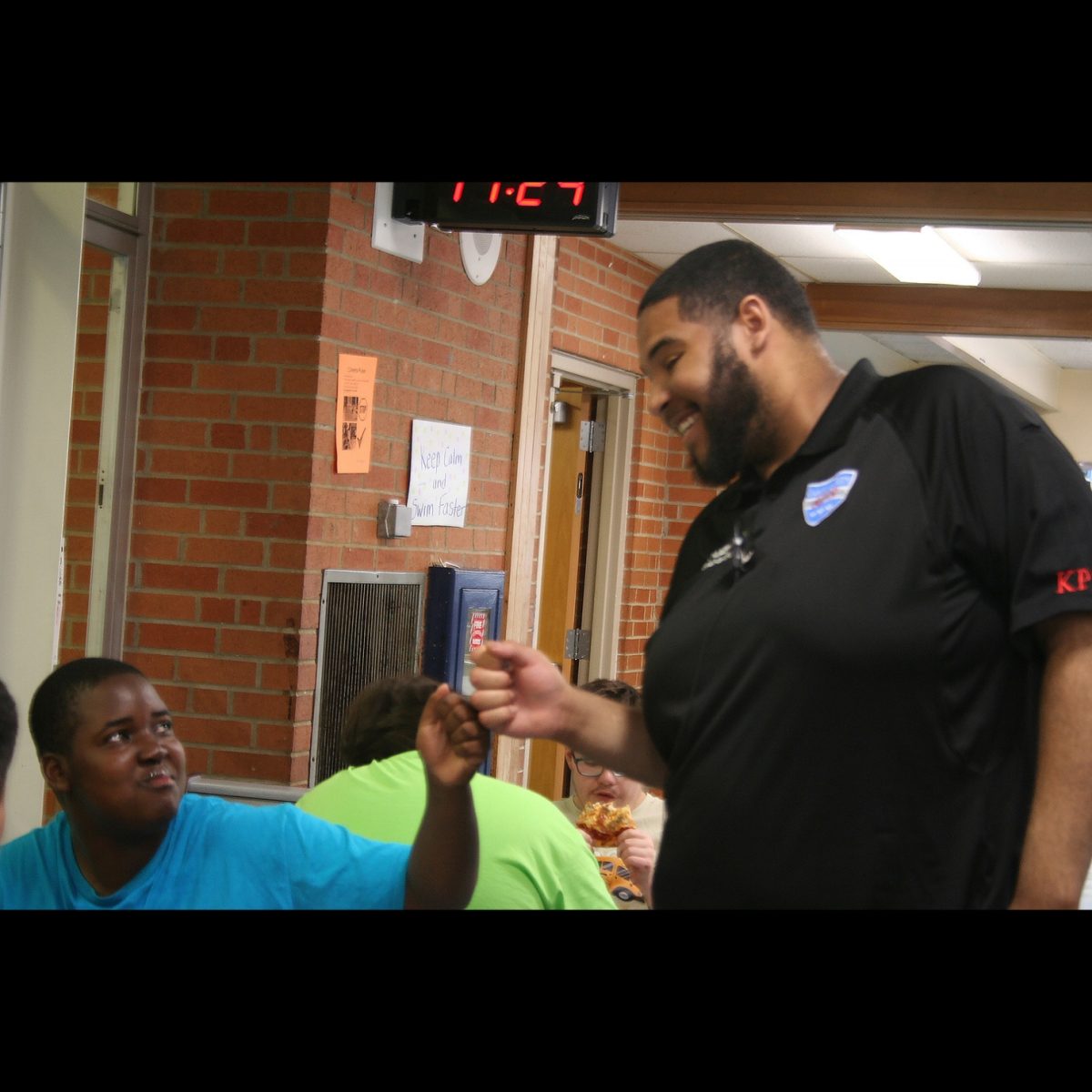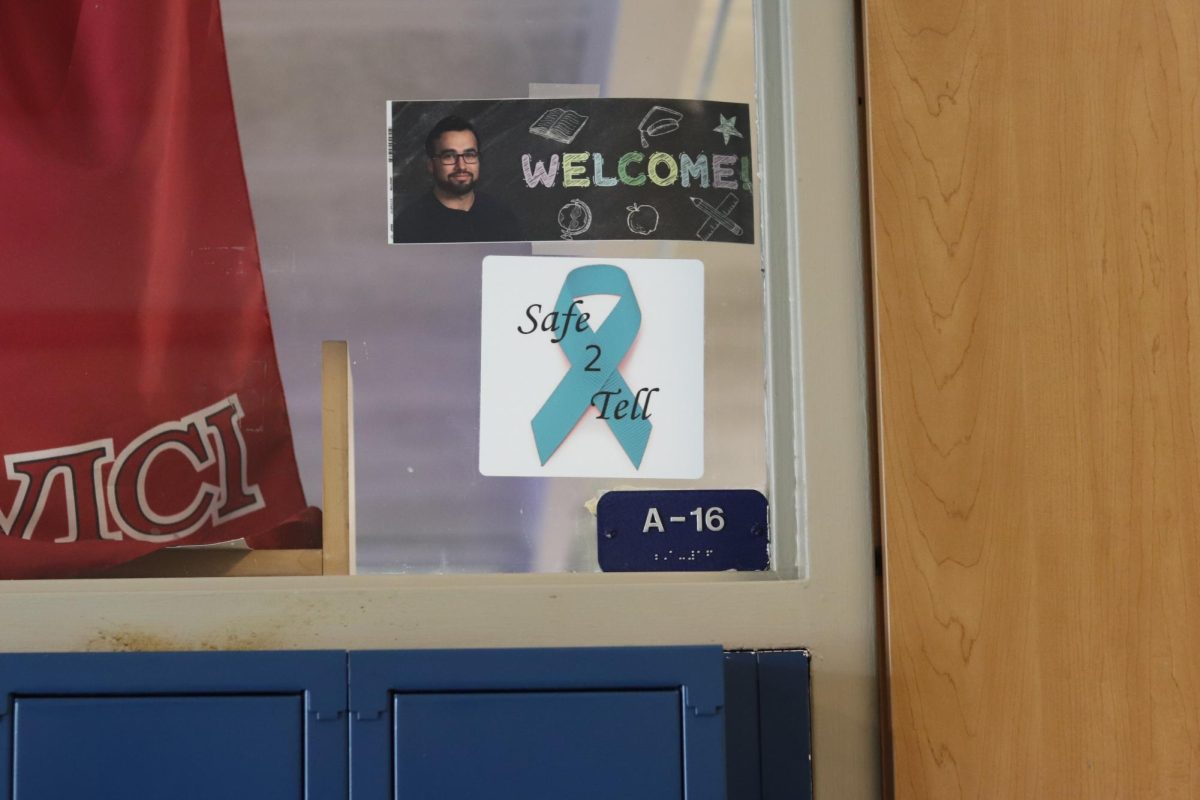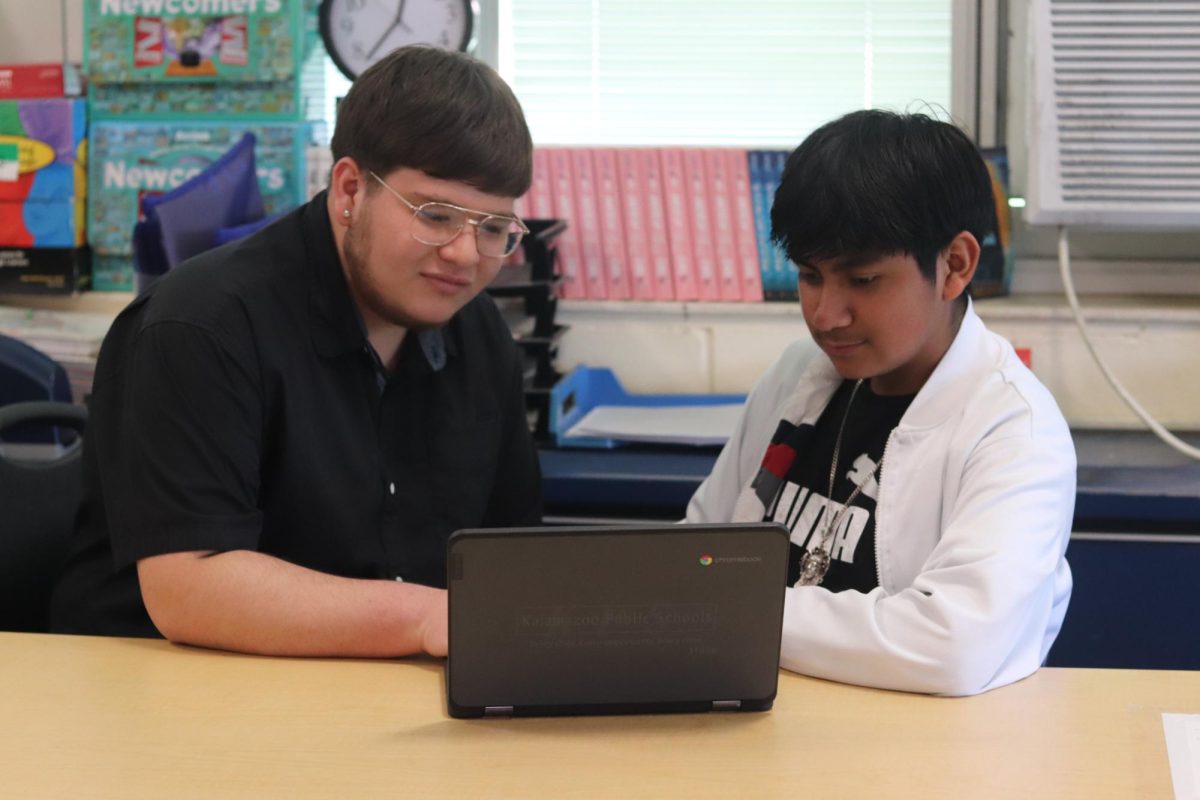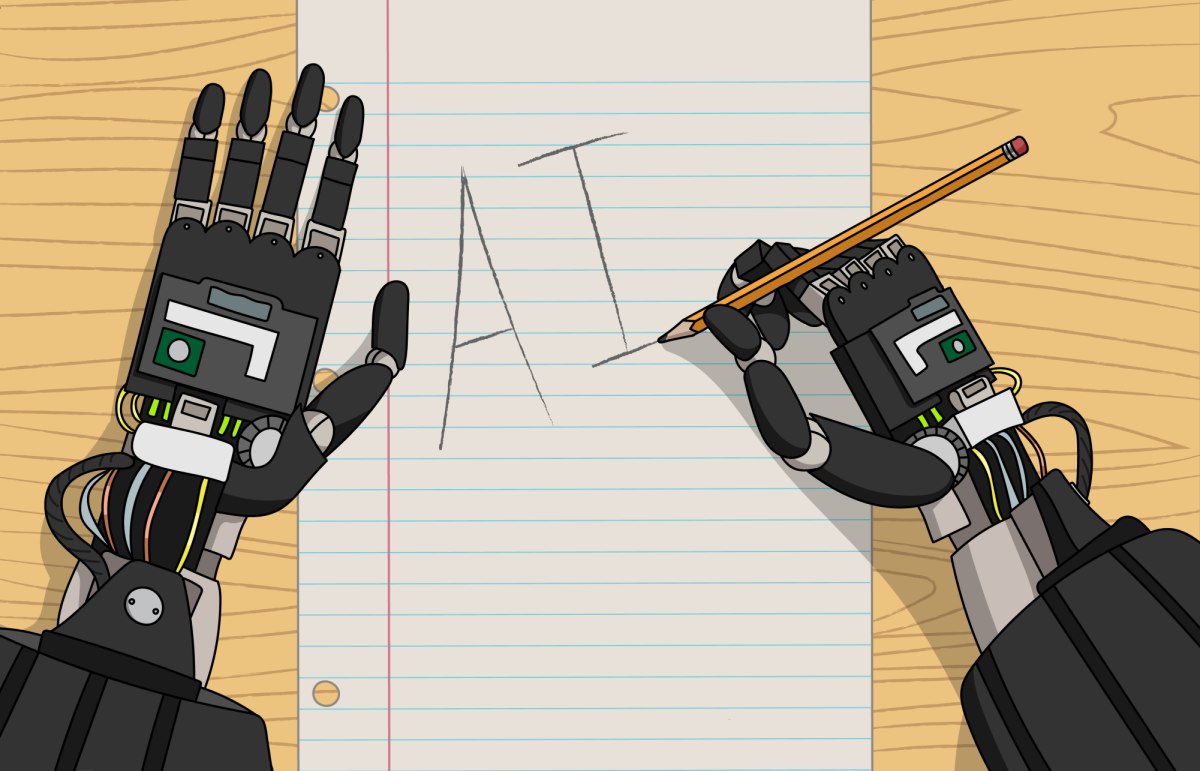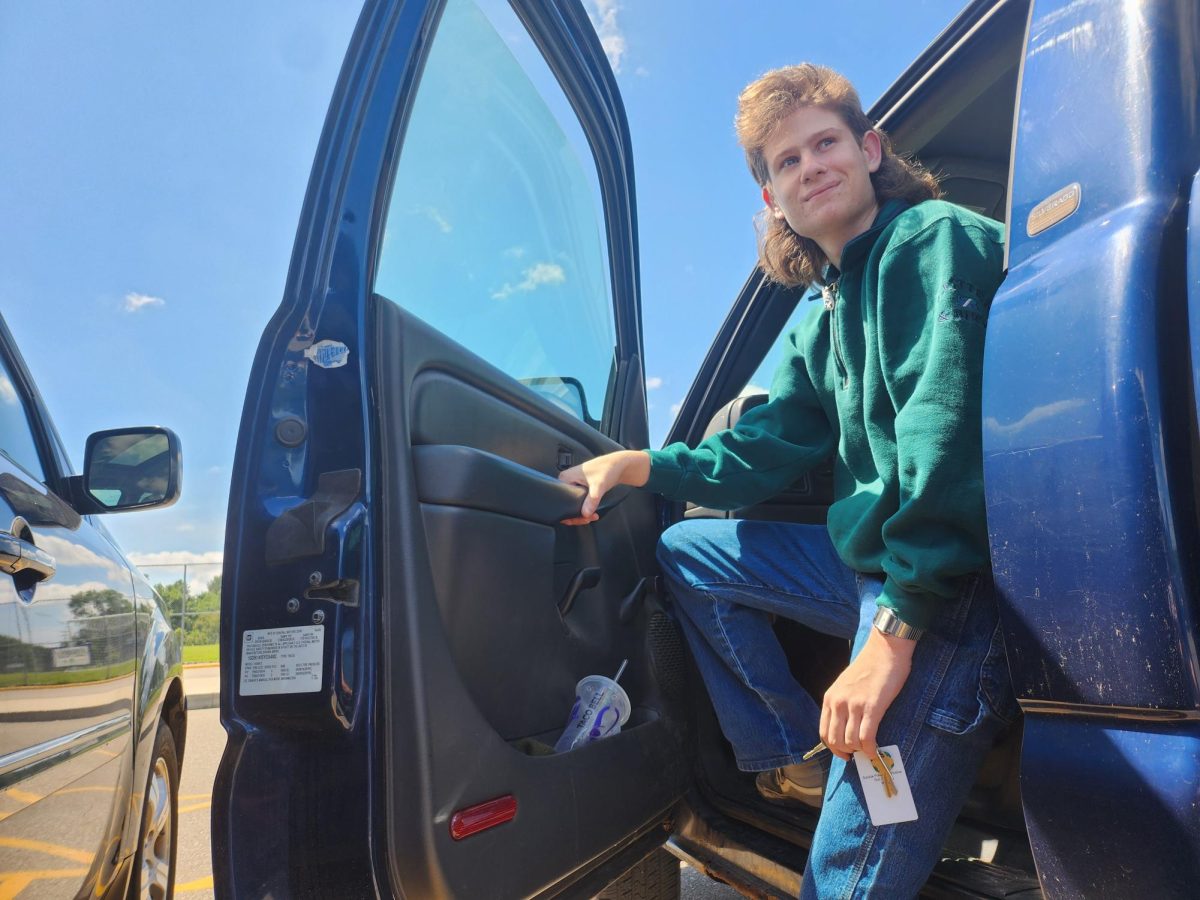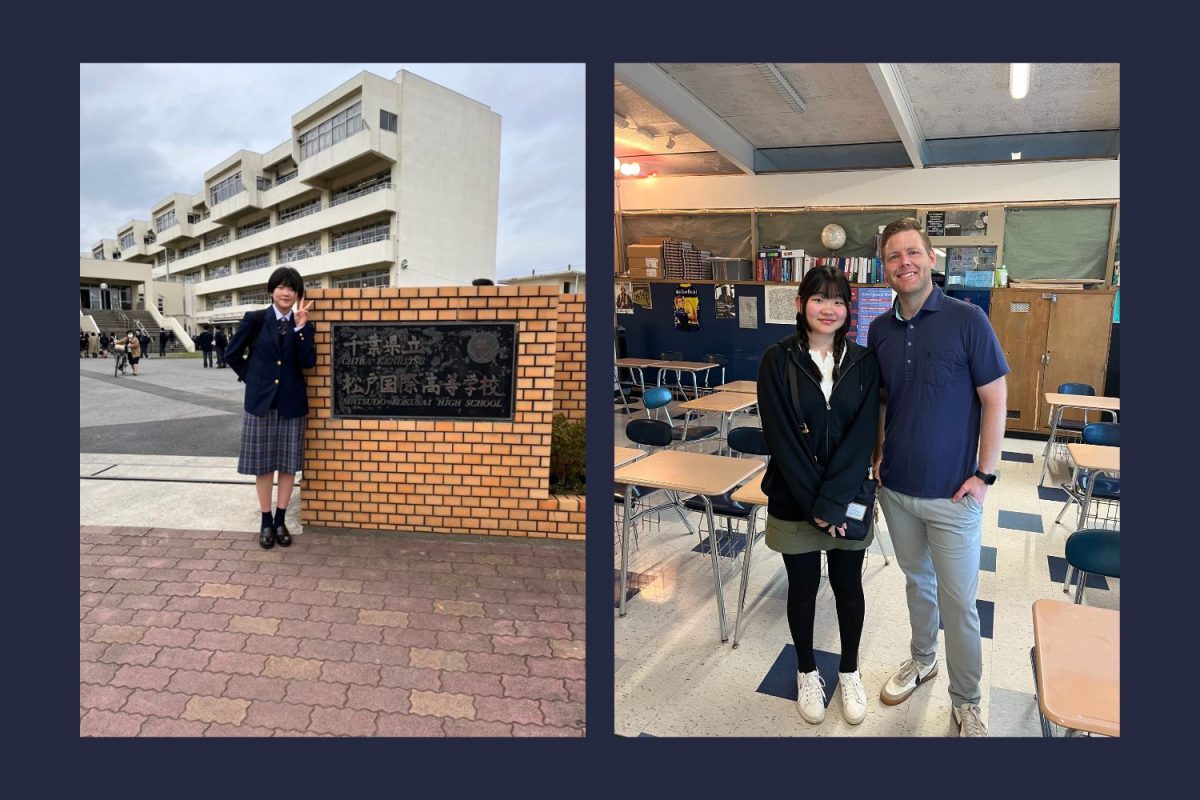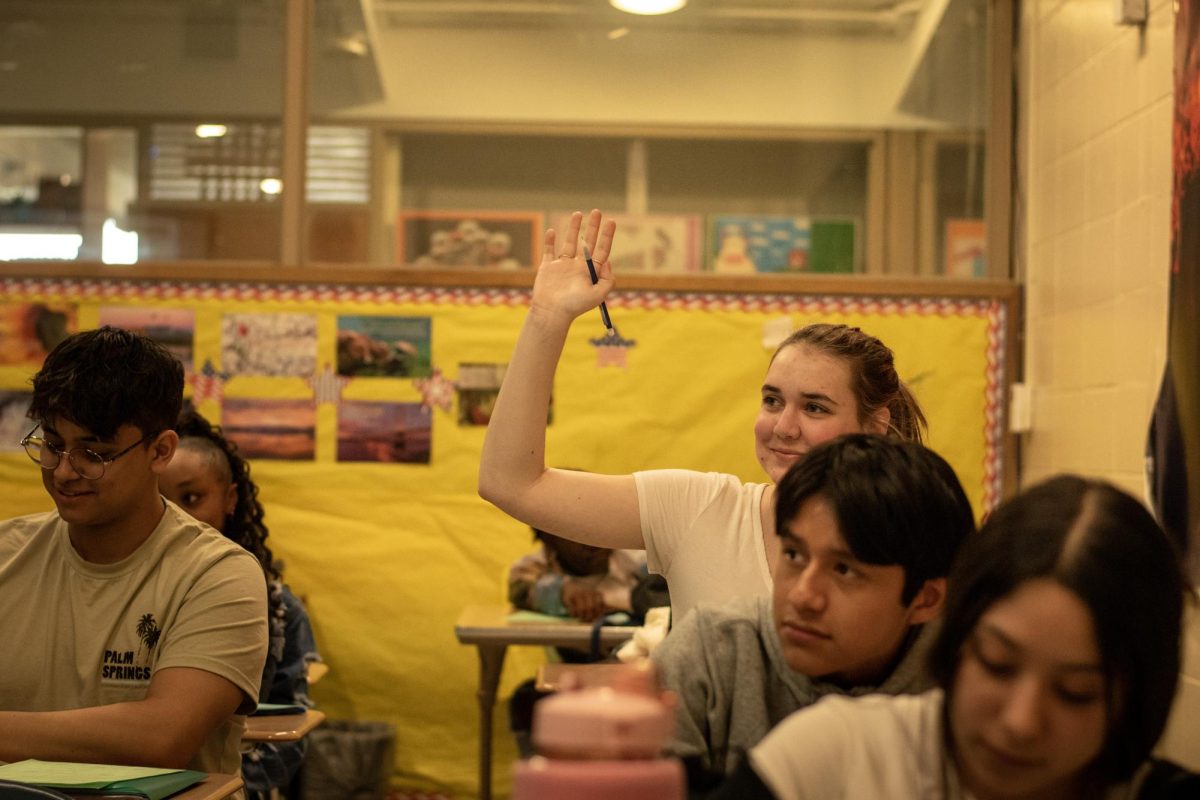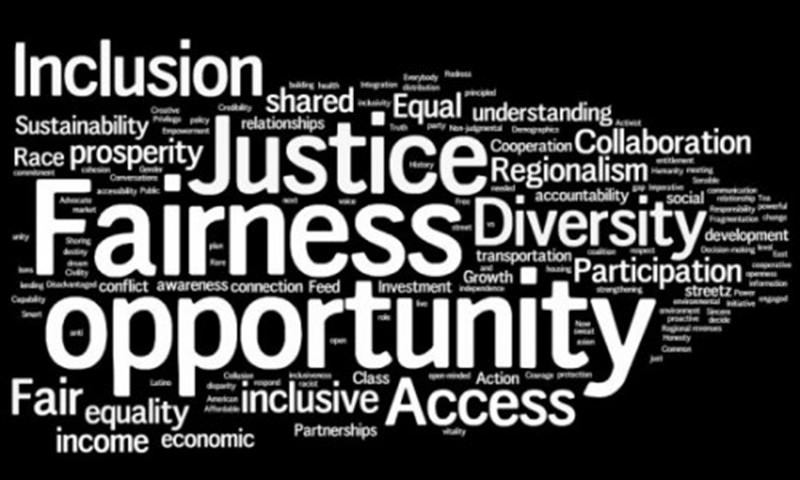
Scrolling through your timeline, thumbing through the prank videos and DIY how-tos, your eye catches another news headline: “Young boy killed at the hands of police.”
You turn on the tv and yet another news anchor distraughtly mumbles about a young man opening fire on a school of students. Another tweet tagging sympathy for the victims of a bombing in a city across the world blinks on your phone. You sit behind the screen and count all the “others” and wonder when it will actually stop.
Over the past few years there have been many incidents around the world, including bombings, attacks, and police brutality, that have informed the world of various inequalities that still exist today. Such travesties have caused large social movements to erupt throughout social media, news outlets and communities internationally. An example of one of these social movements is the #blacklivesmatter movement, which seeks to put an end to systemic racism in the United States. A common platform for these movements is social media and many people have voiced their opinions and frustrations over these issues through it.
There are many Loy Norrix students who are very outspoken about social issues, including senior Allegra Kistler, who has been to protests, lectures and rallies supporting the causes she is most passionate about.
“Last winter I went to the Black Lives Matter protest downtown,” said Kistler. “We held posters and protested police brutality.”
Kistler has also attended the Gloria Steinem and Ta-Nehisi Coates lectures at Miller Auditorium. Gloria Steinem, a pioneer activist of the feminist movement, analyzed modern feminism and gender violence. Ta-Nehisi Coates, journalist and national correspondent for the Atlantic, discussed racism in the criminal justice and law enforcement systems in the US.
Although social media activism is a relatively new concept, and under quite a bit of scrutiny due to the concept of “slacktivism” (being politically active when it’s considered trendy), Kistler believes that it is important to make progress in social justice movements.
“I think it’s just another form of activism… it connects people and helps in carrying information. That can also be detrimental to the movement, but I think overall it has positive effects,” said Kistler.
Even those who are soft spoken believe that social activism is important, including senior Kirsten Haines.
“You need to stand up for what you believe in,” said Haines, “and if you don’t then nothing’s going to change.”
However, she has a somewhat different perspective on activism through social media.
“I think [social media] blows things way farther than it needs to be. I also feel like it does give [information] that we normally wouldn’t know about or hear about,” said Haines.
Social media activism allows for a raw, uncensored report of current events to be spread to a wider audience, compared to that of mainstream news outlets. An example of this is the cellphone-recorded coverage of Eric Garner’s apprehension and murder by police in New York in 2014; the video received over 2 million views.
According to Jane Susskind of IVN, 39 percent of the American adult population participated in “some type of political activity on a social networking site” during the 2012 Presidential Election. Though this statistic may seem small, the level of activism in young adults takes up a much larger margin of the numbers relating to social activism.
Susskind said, “Younger adults are much more likely to [be] politically active on social networking sites,” which is not all surprising due to the widening generation gap related to personal views on social activism.
Although this generation gap is very prevalent in social activism in 2016, previous generations don’t necessarily find negativity in social media activism.
According to Cindy Vanlieu, AP Studio Art teacher at Loy Norrix, social media activism is beneficial to social movements due to its ability to spread more information to more people.
“Information that you want people to know can be transmitted in so many ways,” said Vanlieu. “More people are aware of the issues, but not all the information is accurate, so that can be problematic. I think the issues are very much the same.”
Vanlieu was a protester during the Vietnam War, advocating for peace as well as advocating for women’s rights. She notes how some social movements changed her generation’s view on social activism.
“The Civil Rights movement was a game changer for many of us,” she recalls, “I was at the University of Michigan when the ‘Students for a Democratic Society’ was organized and became a very strong voice of social dissent.”
Although there is a conflict between the opinion on the importance of individual social activism, it is clear that it is still important to American society, ingrained in the ideal that citizens have the freedom of speech and freedom to petition the government. Without these freedoms, the U.S. would no longer be considered a democracy, no longer for the people.
Social media is a platform for activism to thrive and make itself available to the masses, even when some cannot actively participate in social movements. It especially provides an area of expression for those with physical and mental disabilities who are not able to be a part of rallies, protests or marches. All-in-all, social media activism is essentially a more accessible version of full-fledged activism.
#SocialJustice: Social Media Activism Ignites the Fire of Social Change
January 14, 2016

